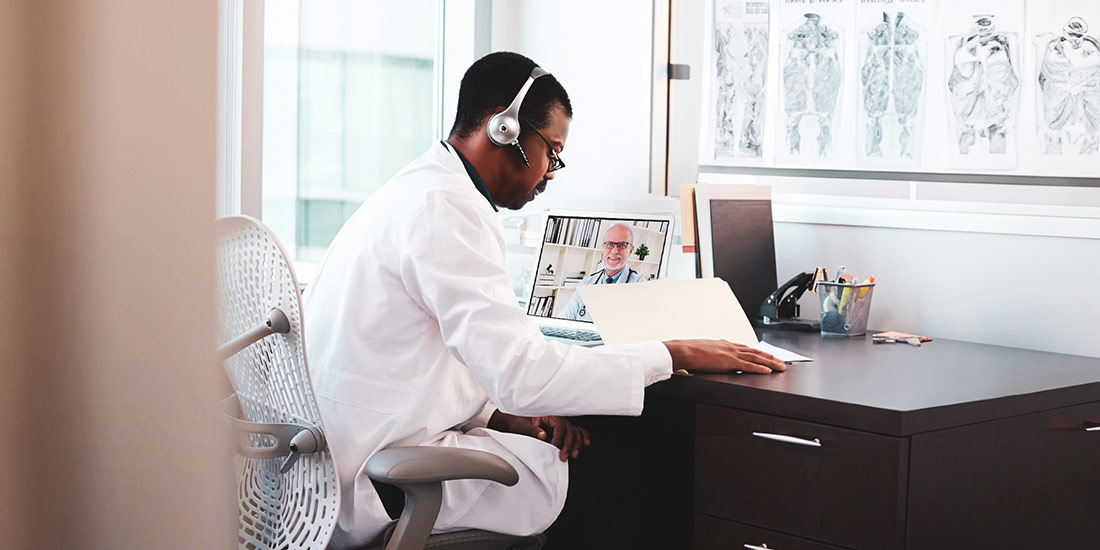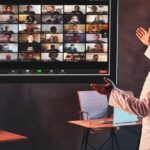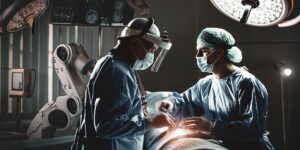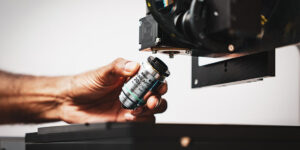Synopsis
During telepathology practice, the shortage of medical experts is one of the greatest challenges that developing countries are facing. To ensure timely and accurate diagnosis, nations across Africa, Southeast Asia, and South Asia must have enough qualified medical experts. Without an adequate healthcare workforce, there is a risk of encountering delays in critical diagnosis, which could potentially hinder life-saving interventions or result in misdiagnoses. The implementation of telepathology holds great significance in developing countries. By using communication technologies telepathology helps in overcoming geographical and resource barriers often present in such areas by giving far away areas pathological services and expertise. Quick sharing of images, opinions exchange, rapid and effective decision making are all enabled under this process. In developing nations with usually low access levels to quality healthcare services the benefits of telepathology are immense. Integrating telepathology in developing countries can address the challenges of limited access to pathology services and expertise.
Telepathology Addresses Challenges in Developing Countries
There is an immediate challenge in developing countries due to insufficient numbers of healthcare workers. Hence it calls for immediate remedies on how to fill up this huge void in provision health services. This also leads to many incidences where patients are wrongly diagnosed thereby affecting their lives adversely including their chances of surviving. This crisis needs to be addressed before the situation goes out of control.
Stay Ahead with Insights from Precipoint!
Welcome to our newsletter! Be the first to know about our latest products, services, webinars, and happenings in PreciPoint. Don't miss out on this opportunity to stay informed. Subscribe to our newsletter today!
By clicking “Subscribe”, you agree to our privacy policy.
The Way Ahead
One of the multiple approaches to resolving this problem is the induction of telepathology in countries with limited resources. Telepathology can bring pathologists from all around the world to provide support for diagnostic consultation and to provide education to centers that have limited resources. It allows local pathologists in poorer countries to make use of the expertise from distant renowned specialists enabling precise diagnosis to be made over patient care. This arrangement helps especially in complex diseases where multiple doctors are needed.
Importance of Virtual Slide Technology
Another technology for diagnostic consultation and pathology education is the use of virtual slide technology. The technology is used to provide a digital image of the entire glass slide. It requires more expensive resources, which may limit its utility in many areas. Telepathology produces a cache of digital images and virtual slides essential for training local pathologists in their own countries’ making them independent. Furthermore, expedition slides in pathology when shared at once over the network facilitate their remote review. It thereby eradicates the necessity of physical transportation and diminishes turnaround time greatly. R Quick diagnoses make it possible to respond appropriately, which is necessary for managing diseases such as cancer, infectious diseases and emergencies. Therefore, it can be argued that telepathology will go a long way towards improving patient care and increasing survival rates in the future.
Healthcare Disparities in High- and Low-income Countries
14% of the world’s population is taken up by Canada and the United States, spending 50% of all the world’s healthcare dollars, employing 37% of the global healthcare workforce to deal with only 10% of the disease burdens in the world. On the other hand, Sub-Saharan Africa is home to 11% of the world’s population yet it carries 24% of the global health burden, with only 3% of the global health workforce and 1% of the world’s healthcare expenditure. One of the main reasons for these differences is that not enough medical personnel and other health care providers are available in developing nations. The problem becomes exacerbated as there is an uneven distribution of healthcare resources whereas on top of that, those available have not received enough training. Skilled healthcare workers migrating overseas poses an additional challenge to most affected nations as the nations are already grappling with acute shortage of specialized workers throughout their territories. In Tanzania and Chad, the ratio of medical experts per 1000 individuals is 0.02 and 0.04 respectively. Compared with developed nations, in Canada, the ratio is 2.14, and in the United States, it is 2.56. In Pakistan, 75% of the citizens don’t have access to surgical pathology services. As figures show, there is a significant global shortage of pathologists. In developed countries, the lack of pathologists is present in rural areas.
Why Telepathology Is the Best Solution?
Since its first proof-of-concept demonstration in 1968, telepathology has resulted in close to 600 publications and has been used with ever-growing frequency throughout the world. From a clinical point of view, telepathology has evolved from point-to-point transmission to live or near-live video images to the capture of digital images. PreciPoint’s iO:M8 is ideal for rapid digital assessments. It delivers live images of amazing quality. It has seamless navigation, zoom, and refocus features. In other words, the functions work just as in a conventional microscope, so you don’t need special training. iO:M8 is perfect for geographically distant areas because it is very quick. The rapid microscopic interpretation of intraoperative pathology slides can be very tricky. By using iO:M8, you can get access to a second opinion from a specialist by simply granting them access to the on-site computer via the PreciPoint streaming software. PreciPoint’s Fritz facilitates high-resolution digital image scanning as it effortlessly digitizes your histological sections in the first class image quality and helps you to set up a virtual platform. You can save and share your slides easily, and store them on PreciCloud. It is your all-in-one platform for virtual microscopy. You can collaborate with your colleagues and other experts anywhere and anytime. PreciCloud can be an excellent addition to your work environment which involves working with from anywhere.
Conclusion
In today’s world, developing countries are facing great challenges when it comes to pathology services. These nations lack medical experts including pathologists, which leads to serious issues such as delays in diagnosis, misdiagnosis, and decreasing quality of pathology services. It is imperative for countries, regardless of their economic status, to prioritize the integration of telepathology into their healthcare systems. Telepathology allows a very effective and quick service that helps with setting up the diagnosis and making decisions about the further treatment of the patient. In the case of serious diseases such as cancer, telepathology can be life-saving. By implementing telepathology practice, you can easily gather a team of experts from diverse parts of the world and collaborate with them without any problem. Telepathology is faster and a more reliable substitute for a traditional clinical procedure. PreciPoint’s iO:M8, Fritz, and PreciCloud help make the infrastructure for telepathology stronger. Very often, if you are part of a team whose members are geographically distant, microscopes for rapid assessments help a lot. iO:M8 can handle this task effortlessly. You can obtain your interpretation very fast and get access to a second opinion from a specialist. By using Fritz, you can easily digitize the images of your specimens and even set up a virtual platform. PreciCloud is an all-in-one platform enabling you to create and handle virtual slides, and presentations, hold training, and collaborate with other experts. It’s effective, fast, and simple.











